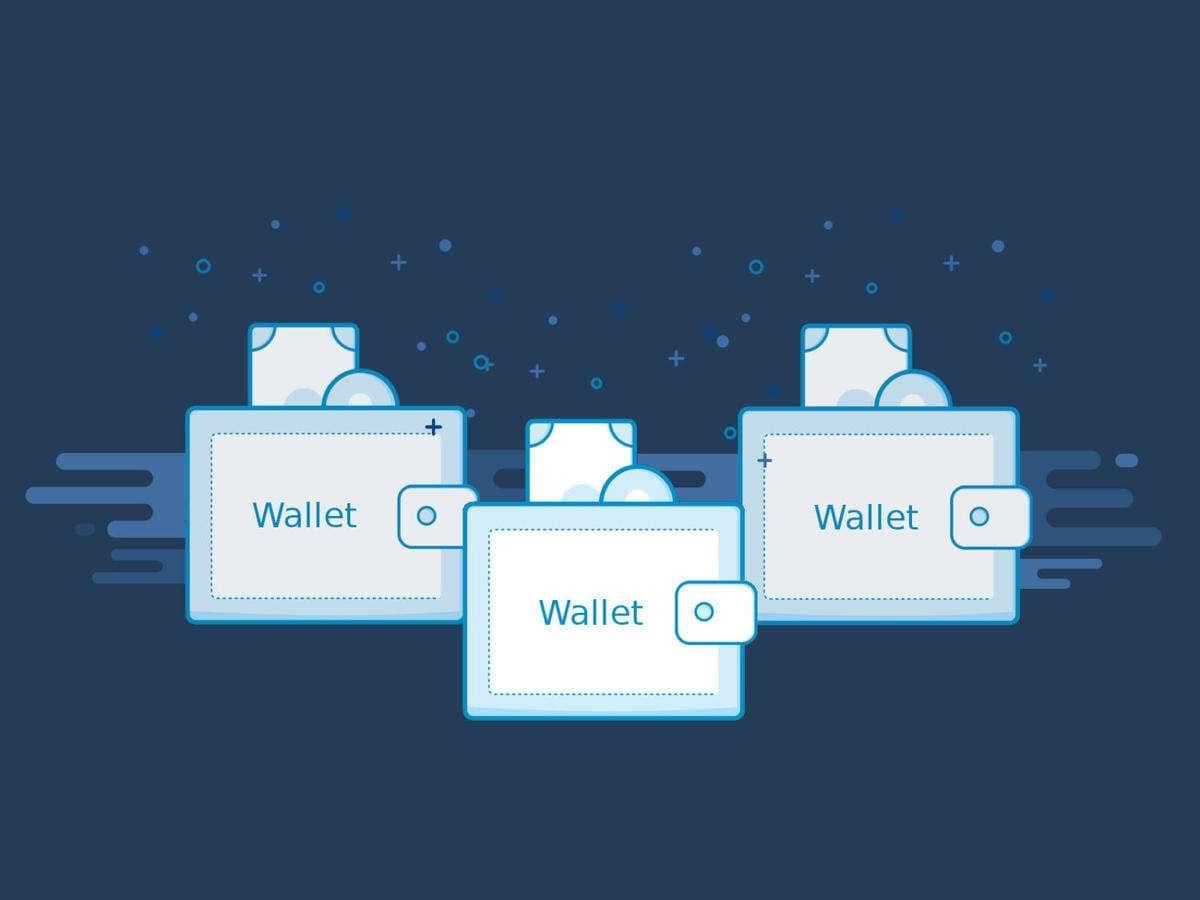My Blog
The State of the Merge: An Update on Ethereums Merge to Proof of Stake in 2022
Content
Ethereum developers believe that the PoW principle is the basis of all current cryptocurrency issues. However, even though PoW effectively obtains decentralized consensus, it consumes a lot of energy and has little commercial value. Furthermore, the PoW blockchain’s speed is restricted, and it can only handle a few hundred transactions per second at most.
These nodes will be how Ethereum would run and how transactions are going to be validated in the future. So we’re going to explore all of these concepts as well in this guide. Ethereum 2.0 is an upgrade to the Ethereum Network which will improve its speed, efficiency, and scalability.
Bloomberg Markets
The opinions expressed are the author’s alone and have not been provided, approved, or otherwise endorsed by our partners. If you anticipate holding Ethereum over the long term, staking could be worthwhile. In terms of dollar gains, the percentage rate for the yield earned will be contingent not only upon this gross rate but also upon the Ethereum price, which has shown extreme volatility. According to the CCID Research Institute, EOS can be a top digital currency due to its innovation, application, and technology.

Ethereum developers believe that transitioning to Proof-of-Stake will result in a 10% increase in block production. However, users are unlikely to be able to notice this slight improvement. If The Merge does not result in a hard fork, then there are no tax implications because no new tokens would be created.
What is Proof of Stake? (PoS)
Ethereum 2.0 Staking rewardsEthereum 2.0 will migrate to proof of stake consensus. In the above paragraph “Phase 0- Beacon Chain” we mentioned that the community can stake 32 ETH on validator nodes. The staked 32 ETH2 is used to validate the transactions and states on the network.

A card that may have been $300-$400 aftermarket was often marked up into the $1000s due to the unyielding demand of miners. The merged Ethereum network is the second upgrade to the Ethereum network and is currently used to validate the blocks of transactions on the Ethereum blockchain. On 4th Nov 2020, with a new blog post and quietly while everyone was following the U.S. Election’s live results, the required specifications of ETH2 v1 and the Mainnet Deposit Contract Address for staking have been released. ETH2 users can now stake their ETH and become validators to help secure the network. In addition, I’ve also set up something called a validator node for Ethereum 2.0.
Is Tesla a good investment for January 2023? TSLA price analysis
This will allow Ethereum to handle significantly more more transactions, alleviate congestion and high gas costs. Upon reaching the final phase of the upgrade, Ethereum will meet its goals of becoming a transparent and open network for decentralized applications and finance . This article breaks down the roadmap for this upgrade, including major economic changes that will come with the introduction of a new ETH 2.0 token. You’ve probably heard of cryptocurrency miners who validate transactions on proof-of-work blockchains like Bitcoin. Waves is a high-performance blockchain with up to 6.1M throughputs per day.
The low amount of computing power involved allows a class of attacks that replace a non-negligible portion of the main blockchain with a hijacked version. The early stages of a blockchain are much more malleable for rewriting, as they likely have much smaller group of stakeholders involved, simplifying the collusion. If the per-block and per-transaction rewards are offered, the malicious group can, for example, redo the entire history and collect these rewards. https://xcritical.com/ On blockchain networks like Ethereum, there has to be a way to validate transactions in a decentralized manner, without a centralized authority, such as a bank. Currently, Ethereum, along with other popular cryptocurrencies like Bitcoin, use what’s known as Proof of Work . The Beacon Chain will be launched in Phase 0 and will be responsible for monitoring validators, providing proof of stake consensus mechanism, and issuing penalties and prizes.
I don't know which is more predictable…
Ethereum proof of stake proving to be such a sh!tshow or watching @sassal0x in full damage control mode lol
— Crypto Crystal Baller (@CryptoCrystal_B) July 12, 2022
This method of verifying blockchain transactions could solve crypto’s environmental impact. Ethereum switched on its proof-of-stake mechanism in 2022 because it is more secure, less energy-intensive, and better for implementing new scaling solutions compared to the previous proof-of-work architecture. If all validating nodes are online and functional, there would be 1 block formed in every slot. In reality, this is not possible, as some nodes are bound to be offline, forcing the network to look for eligible votes. This validator is responsible for creating a new block and broadcasting it to other nodes.
Crypto
At the moment, layer two technologies such as sharding and roll-ups are working to address just that. There are other cryptocurrencies that use the PoS system but none of them operate at the scale of Ethereum. Future of Institutional DeFi and EthereumThe Merge and the rest of the Ethereum roadmap shows the Ethereum community’s commitment to build a resilient network for the long run. For regular updates and news on the Merge visit the ConsenSys Merge Knowledge Base, where you’ll also find the Merge archives with key milestones achieved and other essential resources for developers. The State of NFT Markets | November 2022NFT trading activity in November recovered slightly at $217M of monthly volume. While a recovery is looking unlikely until a shift in broader market sentiment, there are notable developments across new marketplaces and existing creators that are impacting NFT market structure.
The first functioning implementation of a proof-of-stake cryptocurrency was Peercoin, introduced in 2012. Other cryptocurrencies, such as Blackcoin, Nxt, Cardano, and Algorand followed. However, as of 2017, PoS cryptocurrencies were still not as widely used as proof-of-work cryptocurrencies.
How Much Can You Make Staking ETH?
Ethereum developers have made clients in several languages like Geth, OpenEthereum, Erigon, Nethermind, and Besu. Erick Calderon, better known as Snowfro, is an entrepreneur, artist, and technology enthusiast born in Mexico City and residing in Houston, Texas. He spent the first 18 years of his career operating a boutique ceramic tile company named La Nova Tile, working with high-end architecture and interior design projects across the United States. In his early 30s, he began developing artistic projects, creating works in multiple media including video projections, computer code, 3D printing, and sculpture.
PoS is preferred over proof of work and proof of authority as a consensus mechanism because it is more secure, requires less energy, and lowers the barrier to entry. Make sure you have an easy to use Ethereum wallet so that you can adapt to the new Proof of Stake consensus mechanism and take part in the decentralized economy. Casper is the name of the Ethereum implementation that will turn Ethereum into a PoS blockchain (aka Ethereum 2.0). The transition from ETH 1.0 to 2.0 (also known as the “Serenity” upgrade – a lot of names to keep track of, we know) will take place in 3 separate phases.
- Either way, miners will have time to decide on the best course of action, since the transition to Proof of Stake will not happen overnight.
- With pos blockchains, the Ethereum network’s scalability is far higher than when it used just the pow blockchain.
- This allows them to organize the transactions in upcoming blocks for maximum profit .
- On the other hand, if the ETH is held in custodial wallets such as cryptocurrency exchanges, the implications would depend on the custodians’ stance on supporting the forked ETH chain.
- The classic “Short-Range” attack that rewrites just a small tail portion of the chain is also possible.
- Participants who stake more coins are more likely to be chosen to add new blocks.
An example of this is the anti-correlation mechanism that imposes negligible slashing penalties for single node validators, compared to large stakers who operate thousands of nodes using a single client. The anti-correlation mechanism implements the principle “to those with great power, comes great responsibility” and encourages large participants to align with network goals like client diversity. Mining power in proof of stake depends on the amount of coins a validator is staking. Participants who stake more coins are more likely to be chosen to add new blocks.
Ethereum (ETH)
I don’t know much at all about Ethereum 2.0 but just got an e-mail from Coinbase about it. Is Ethereum at some point going to actually merge and become Ethereum 2.0? Coinbase is offering 7.5% APR to upgrade my Ethereum to Ethereum 2.0.
Ethereum has been in recovery mode since developers announced a possible date for the Merge. Since this date is close, it has sparked a lot of positivity among community members who looking forward to the leading smart contracts platform’s move to proof of stake.… #Ethereum pic.twitter.com/pWblv4srGG
— Juan Manuel Chávez ₿ Ξ #Bitcoin 🇲🇽 (@JuanChavMaci) July 18, 2022
Their solution was to fork the Ethereum network and create an alternative and still-minable form of ETH known as ETHW. This allows decentralized applications to “roll up” transactions into one off-chain for submission. The effect of this is that it reduces the data needed to execute a transaction. ethereum speedier proofofstake The Merge will make the Ethereum network substantially more energy efficient. It will also set the stage for future upgrades to the scalability of Ethereum such as sharding. Hence this stage is known as “The Merge” as the new consensus layer and existing execution layer will be merged.
For example, WETH is known as “wrapped ETH” and is the tokenized or packaged form of ETH. WETH is used to pay for items when interacting with Ethereum dApps. There will not be a new ETH coin after the launch of Ethereum 2.0. Therefore, existing ETH holders, users of dApps, and traders do not have to do anything in anticipation of Ethereum 2.0.
Volatility profiles based on trailing-three-year calculations of the standard deviation of service investment returns. Overall, proof-of-stake, as it is implemented on Ethereum, has been demonstrated to be more economically secure than proof-of-work. The following provides an end-to-end explanation of how a transaction gets executed in Ethereum proof-of-stake.
Crypto Market Recap Q2, 2022
Where the voting power of Bitcoin miners is tied to the high electricity cost of the mining process, Ethereum miners would give over a sum of Ether, called a stake, which acts like a security deposit. A miner’s stake can be punitively “slashed,” either automatically or by the community, for a variety of misbehaviors. But with the upgrade, ethereum has migrated to a system known as proof-of-stake, which swaps out miners for validators. Instead of running large banks of computers, validators leverage their existing cache of ether as a means to verify transactions and mint new tokens.